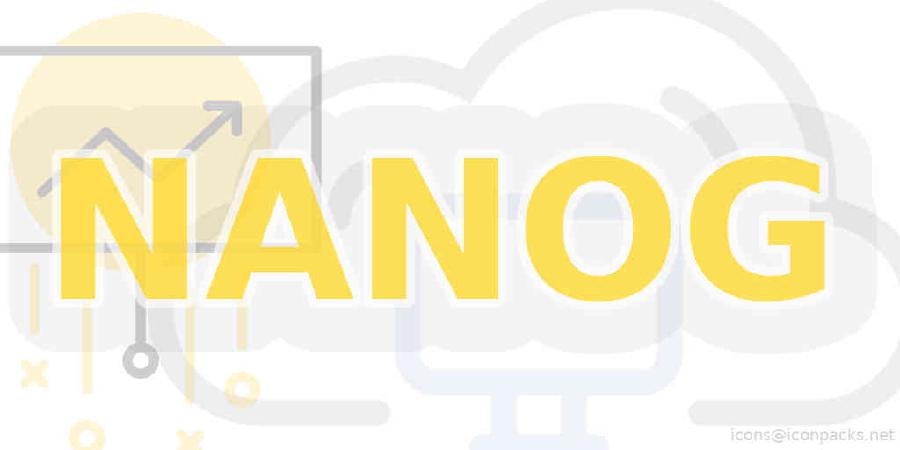DNS: The Protocols, The Myths, The Legends

The DNS has been around for a long time. Over the last 35 years, how the Internet and the DNS have been used (and abused) has changed.As a vital part of accessing …
| Talk Title | DNS: The Protocols, The Myths, The Legends |
| Speakers | Paul Ebersman (Neustar) |
| Conference | NANOG78 |
| Conf Tag | |
| Location | San Francisco, CA |
| Date | Feb 10 2020 - Feb 12 2020 |
| URL | Talk Page |
| Slides | Talk Slides |
| Video | Talk Video |
The DNS has been around for a long time. Over the last 35 years, how the Internet and the DNS have been used (and abused) has changed.As a vital part of accessing services, it is critical that DNS isaccurate, available, and reliable.
But like all technology, the DNS must evolve. More widespread use of DNSSEC and split horizon, as well as new transports such as DoT and DoH, make best current practices very much a moving target. Tomake our lives even more complicated, lots of false or staleinformation about how to best run DNS services makes informedarchitecture decisions a continuous challenge.
This talk will cover some of the persistant bad information that we can’t seem to get rid of, as well as covering how more recentchanges have affected the DNS or will in the near future. Armedwith more accurate information, we can weigh all the tradeoffs andcome up with a design that meets our organizations' needs.
Paul Ebersman: Paul Ebersman has been involved with NANOG to varying degrees since the late 90s and has been working with TCP/IP networks since the mid 80s. Paul Ebersman works for Neustar as a DNS architect and as a technical resource, both internally and to the internet community. He first worked on the internet for the Air Force in 1984. He was employee number ten at UUNET and helped build AlterNET and the modem network used by MSN, AOL and Earthlink. He has maintained his roots in the internet and the open source community, with heavy involvement in organizations like NANOG, IETF, ICANN/SSAC and DNSOARC.

